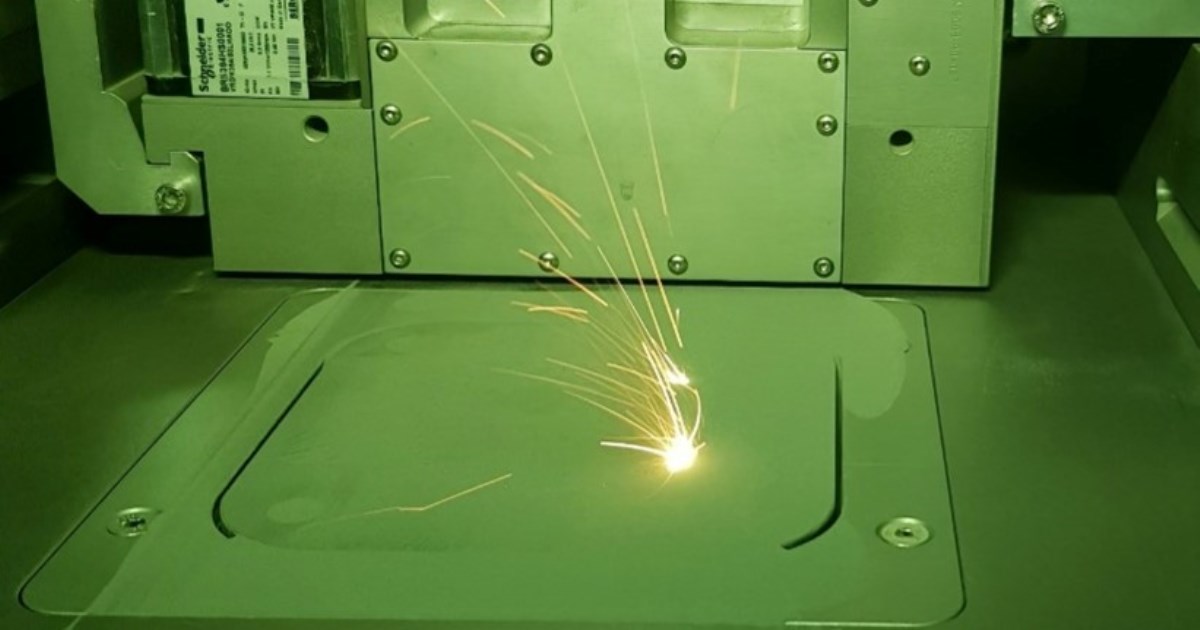- 3.2Impact Factor
- 6.4CiteScore
- 16 daysTime to First Decision
Advanced Machining and Technologies in Materials Science
This special issue belongs to the section “Manufacturing Processes and Systems“.
Special Issue Information
Dear Colleagues,
This Special Issue aims to present groundbreaking developments in advanced manufacturing processes, precision manufacturing, and innovative material applications. The scope of this Special Issue includes high-performance machining techniques, additive and hybrid manufacturing, advanced coatings and tool materials, smart manufacturing, automation, and sustainable machining processes. We welcome experimental, theoretical, and computational studies that push the boundaries of modern machining and material sciences. A key aspect of these advancements is the development and application of innovative materials with superior properties. Therefore, this Special Issue aims to promote knowledge regarding the enhancement of machining efficiency via the achievement of exceptional hardness and wear resistance, improving the longevity of tools by reducing friction and thermal effects, and developing materials that offer high strength, corrosion resistance, and thermal stability. This Special Issue explores the interplay between material properties and manufacturing techniques, driving innovation toward more efficient, precise, and sustainable production.
Dr. Janusz Kluczyński
Guest Editor
Manuscript Submission Information
Manuscripts should be submitted online at www.mdpi.com by registering and logging in to this website. Once you are registered, click here to go to the submission form. Manuscripts can be submitted until the deadline. All submissions that pass pre-check are peer-reviewed. Accepted papers will be published continuously in the journal (as soon as accepted) and will be listed together on the special issue website. Research articles, review articles as well as short communications are invited. For planned papers, a title and short abstract (about 250 words) can be sent to the Editorial Office for assessment.
Submitted manuscripts should not have been published previously, nor be under consideration for publication elsewhere (except conference proceedings papers). All manuscripts are thoroughly refereed through a single-blind peer-review process. A guide for authors and other relevant information for submission of manuscripts is available on the Instructions for Authors page. Materials is an international peer-reviewed open access semimonthly journal published by MDPI.
Please visit the Instructions for Authors page before submitting a manuscript. The Article Processing Charge (APC) for publication in this open access journal is 2600 CHF (Swiss Francs). Submitted papers should be well formatted and use good English. Authors may use MDPI's English editing service prior to publication or during author revisions.
Keywords
- advanced manufacturing
- additive manufacturing
- hybrid technologies
- high-speed machining
- production technologies, precision manufacturing

Benefits of Publishing in a Special Issue
- Ease of navigation: Grouping papers by topic helps scholars navigate broad scope journals more efficiently.
- Greater discoverability: Special Issues support the reach and impact of scientific research. Articles in Special Issues are more discoverable and cited more frequently.
- Expansion of research network: Special Issues facilitate connections among authors, fostering scientific collaborations.
- External promotion: Articles in Special Issues are often promoted through the journal's social media, increasing their visibility.
- e-Book format: Special Issues with more than 10 articles can be published as dedicated e-books, ensuring wide and rapid dissemination.

